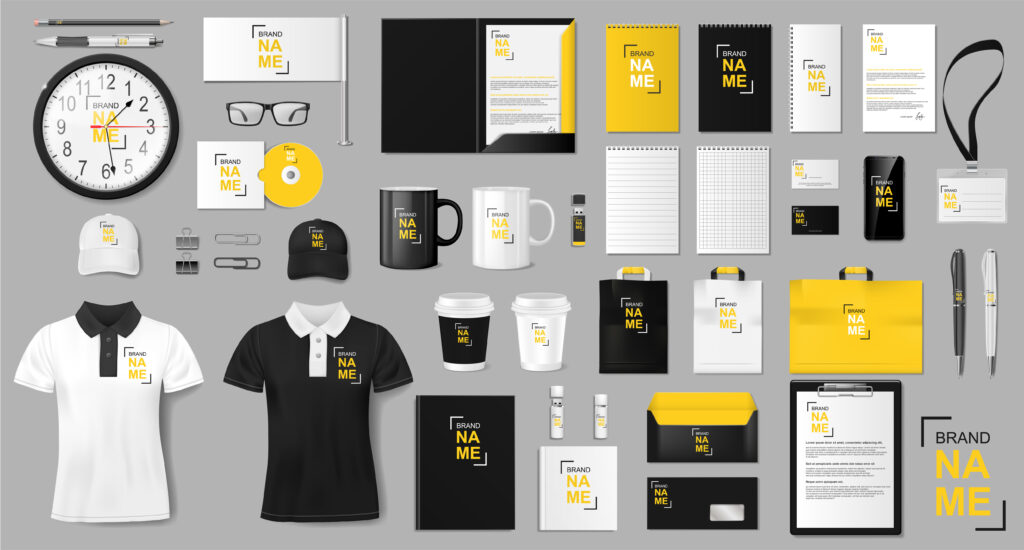
Mastering Design Prototyping: A Beginner’s Guide to Mocking Up Designs with Adobe Photoshop
In today’s digital age, design has become an integral part of every industry, from web development to marketing and product design. Creating visual prototypes of designs is essential for conveying ideas, gathering feedback, and refining concepts before final implementation. Adobe Photoshop stands as a powerful tool in this process, allowing designers to mock up designs with precision and creativity. In this beginner’s guide, we’ll walk through the basics of using Adobe Photoshop to mock up designs effectively.
Understanding the Basics
Before diving into Adobe Photoshop, it’s crucial to grasp the fundamentals of design prototyping. A mockup is a static representation of a design concept, typically created to visualize the final product. It provides stakeholders with a clear understanding of the layout, color scheme, and overall aesthetic of the design.
Getting Started with Adobe Photoshop
- Setting Up the Workspace: Upon launching Adobe Photoshop, familiarize yourself with the workspace. Customize the layout to suit your preferences, arranging panels and tools for easy access.
- Creating a New Document: Start by creating a new document with dimensions tailored to your design requirements. Consider factors such as screen size, resolution, and aspect ratio.
- Importing Design Assets: Gather the necessary assets for your design, including images, icons, and text. Import these elements into Photoshop to incorporate them into your mockup.
- Designing the Layout: Begin assembling the layout of your design by arranging elements within the document. Use tools like guides, grids, and alignment options to ensure precision and consistency.
- Styling and Formatting: Experiment with different styles, fonts, and colors to refine the visual appearance of your design. Adobe Photoshop offers a wide range of editing tools for adjusting elements such as opacity, gradients, and effects.
- Adding Interactivity (Optional): For more advanced prototypes, consider adding interactive elements using features like layer comps, smart objects, and animation tools. This allows stakeholders to experience the design more dynamically.
Tips for Effective Design Mockups
- Maintain Consistency: Ensure consistency in design elements such as typography, color palette, and spacing throughout the mockup.
- Seek Feedback: Share your mockup with colleagues, clients, or target users to gather feedback and insights for further improvement.
- Optimize for Efficiency: Organize layers, use layer groups, and name elements appropriately to keep your Photoshop file well-structured and easy to navigate.
- Stay Updated: Familiarize yourself with new features and techniques in Adobe Photoshop through online tutorials, forums, and resources to enhance your design skills.
Conclusion
Mastering the art of mocking up designs with Adobe Photoshop is a valuable skill for designers seeking to bring their concepts to life. By understanding the basics of design prototyping and leveraging the features of Photoshop effectively, you can create compelling mockups that captivate stakeholders and drive successful design outcomes. So, roll up your sleeves, unleash your creativity, and start mocking up your next masterpiece with Adobe Photoshop today!

Senior Web developer, Graphic Designer, Video editor, and Internet Marketer
